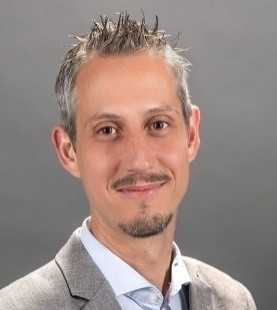主 讲 人:Kees Jan van Groenigen (副教授 英国埃克塞特大学)
主 持 人:周旭辉 (教授)
开始时间:2019年9月10日 上午10:00
讲座地址:闵行校区资环楼435室
主办单位:生态与环境科学学院、科技处
报告人简介:

Dr. Kees Jan van Groenigen is a biogeochemist. Through his research, he tries to understand how plants and soil respond to - and influence - environmental change. He has studied carbon and nutrient cycles in a wide range of ecosystems, including grasslands, cropland, temperate forests and rice paddies. He often uses meta-analytic techniques to synthesize findings in his field of research. He also studies the role of soil microbes in carbon and nitrogen cycles, using techniques such as incubation experiments, isotopic tracers and analyses of biomarkers. He has been editor for a number of journals, such as Biogeosciences and Plant and Soil. He has authored more than 60 publications, with total citations of >4500. Most of his recent works have published in top journals such as Nature, Science, Nature Climate Change, PNAS, Science advance and Global Change Biology as first or corresponding author.
报告内容简介:
Stimulating soil carbon (C) storage in agricultural lands has been proposed as an effective climate mitigation tool. However, stoichiometric ratios between carbon (C), nitrogen (N) and phosphorus (P) in soil organic matter (SOM) are essentially stable. This means that soil C sequestration implies similar sequestration rates of N and P. I will discuss several stoichiometric issues that seriously limit both the feasibility and the effectiveness of stated soil C sequestrations goals, i.e. the 4P1000 initiative. First, I will argue using basic stoichiometric relations that successful implementation of 4P1000 would require N equivalent to approximately 75% of current global fertilizer production. Similar arguments could be made for other nutrients such as P. Second, I will show using data from the long-term experiments at Rothamsted Research, as well as meta-analysis, that the C sequestration potential of a soil is controlled by N supply and that initial sequestration rates are not sustainable over the long term. Third, I will present experimental data showing that increased nitrous oxide emission in soils with more SOM may offset any benefits in terms of greenhouse gas mitigation. Finally, I will argue for a more realistic view of the role of soil organic matter in sustaining soil functions and soil life, and advocate a diversified approach towards mitigating global warming through soil management.


